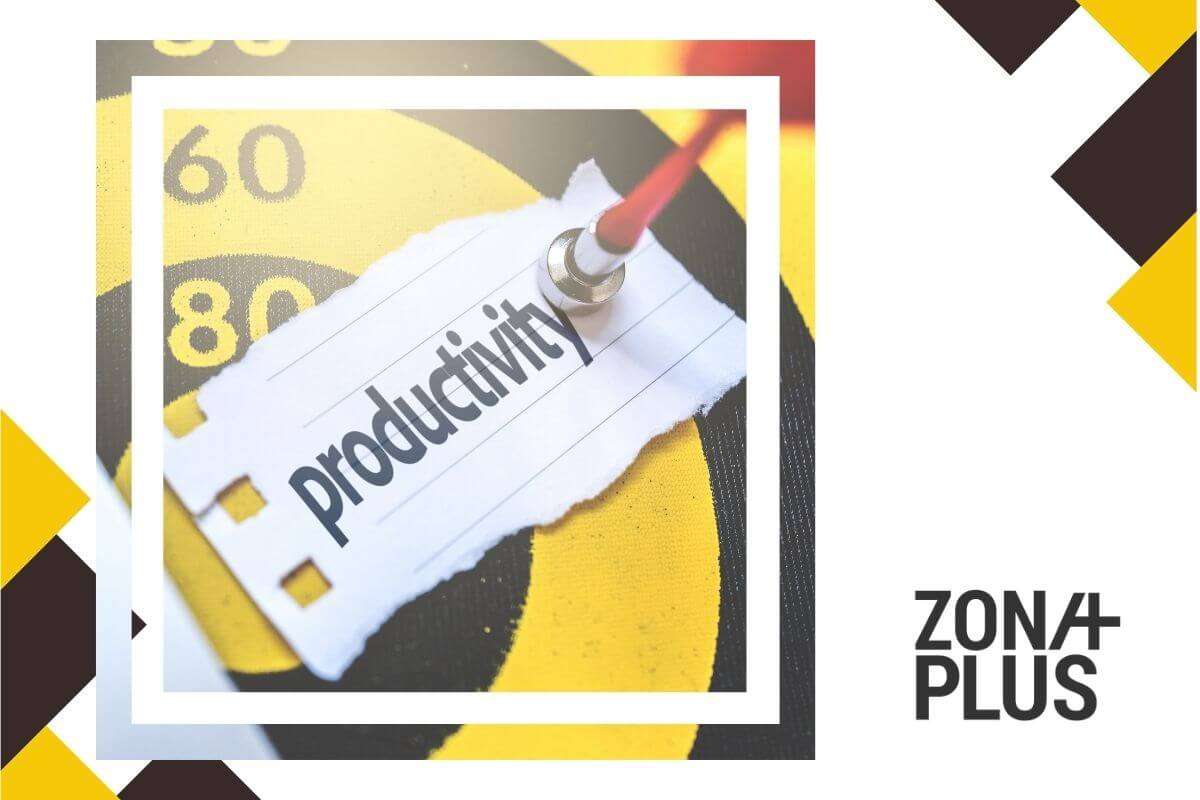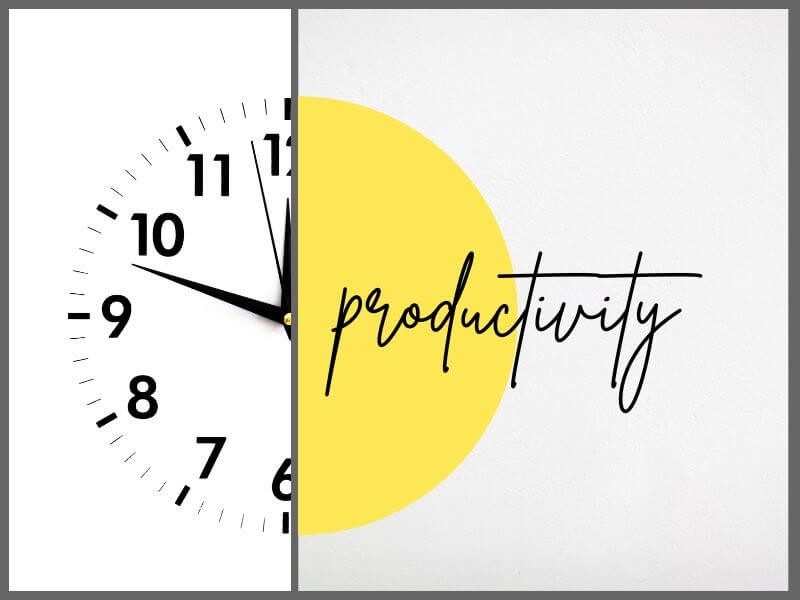
Productivity doesn’t just happen on its own. In most companies, productivity depends on the habits and atmosphere in which people work. If you ask employees, they’ll often say they could give even more – if they had more support, clearer goals, and less stress…
…yet employee productivity depends precisely on how the company treats its people.
Here are 7 ways to increase employee productivity for all those leading teams who want to make real progress and get real results.
If your employees don’t know what is expected of them, how can they do their job properly?
When you give unclear tasks, their uncertainty grows along with the need for constant checking. Instead of working, employees waste time and energy guessing and making assumptions.
That’s why you need to agree on the basics:
Improvement example:
At the start of each week, hold a short team meeting (15 minutes max) to go through the main tasks and deadlines.
Write them down in a shared table or digital tool accessible to everyone.
This way everyone knows where to focus, and you’ll get fewer “What about this?” messages during the day.

It’s not true that handling multiple tasks at once leads to better performance.
Employees who jump from task to task never stay long enough on one to achieve real results.
The brain needs time to “return” every time it’s interrupted. This way of working drains your employees. In reality, more tasks remain half-done.
Improvement example:
Agree with the team on one or two hours daily (e.g. from 10 to 12) for uninterrupted work. No messages, no meetings, when everyone works on tasks that require full concentration. Results are often visible in the first week.
We all know what micromanagement is. It is exactly what you must not do.
When you constantly “intervene” in the team’s work, it creates a feeling that no one is allowed to make mistakes. This blocks initiative, and your employees just “get things done” and play it safe.
Productivity does not come from someone overseeing every step but from giving people enough freedom.
Improvement example:
Set a clear goal and framework, but allow employees to organize how they will achieve it. After the project, hold a short review – what went well, what could have been done differently. This strengthens trust and teaches employees how to make their own assessments.
Employees who work continuously without proper breaks do not work more. They work worse.
Their focus drops, their mood declines, and small mistakes become more frequent. Breaks are not a waste of time but a way to recharge work capacity.
Keep in mind that it is not the same if someone used their break (which they are legally entitled to) to have coffee or lunch at their desk or took a walk without screens and conversations.
Improvement example:
Encourage people to take two additional short breaks during the day (e.g. 10 minutes around 11 and 3 pm). If you work in an office, make one of them screen-free and phone-free. Agree on a daily “offline time” when no one expects communication from anyone.
Money is important, but it is not everything. If effort is never acknowledged, people start wondering why they even bother.
Especially when someone goes the extra mile or solves something outside their responsibility. This should not be ignored. It doesn’t always have to be a reward, but there must be recognition.
Improvement example:
Introduce a simple way to give praise – live praise or an internal message with a short: “Thanks to Maria for stepping in with a client at the last minute this week.” This creates an atmosphere where effort is seen and appreciated.
Meetings without a clear purpose are redundant. If no one knows who is leading the discussion or what exactly needs to be agreed on, instead of solving a problem, you’ve taken time from people that could have been used better.
Improvement example:
Before every meeting, send a short agenda with three points to be addressed. If there is no agenda, the meeting does not take place. Allow people to skip meetings if they are not involved in the topic.

People want to develop their skills, but it will not happen on its own.
If they do not know which direction to take in their learning, they will stay in the same place for years. If you encourage employees to work on their own development and if they feel valued, they will also invest more in the work they do.
Improvement example:
Organize internal training once a month. Let someone from the team prepare a short presentation on a topic they have learned – a new method, tool, or project experience. If you have the budget, purchase an annual subscription to an educational platform and encourage each person to choose one area they wish to explore.
.jpg)
Start by removing assumptions.
Do not assume that everyone already knows what they need to do or that they just need “a little more effort.” Talk to your employees.
Ask them:
Do not look for universal solutions, but address what is currently standing in their way.
Improvement example: Try conducting an anonymous mini-survey with three questions: What helps you most to work better? What bothers you most in your daily work? What would help you get through the week more easily? The answers might surprise you, but they are exactly what you need to hear.
Tools are meant to serve people, not the other way around. If someone has to copy the same thing into three systems, that is not help. If a tool complicates more than it solves, get rid of it.
The greatest help at work comes from simple and coordinated solutions that everyone knows how to use.
Improvement example: Instead of sending tasks by email and losing them in the conversation thread, introduce a shared project with a task list (e.g. in Notion). Everyone can see who is doing what and where things are getting stuck.
There is no systematic productivity without the habit of questioning the way we work.
You do not need big strategies, just regularly ask yourselves:
When employees see that their suggestions are taken into account, they will think more about further improvements. When they see that nothing changes, they will stop suggesting.
Improvement example: Introduce an internal “suggestion box” (digital or physical) and once a month at a meeting go through at least three employee suggestions. Do not dismiss ideas immediately just because they are not yours. Just listen. Change starts with small things.

There is not. Every team of employees has its own dynamics and its own problems.
Whatever you have seen, heard, or read, you must filter through what you know about your team.
Some people function best in the morning, others in the afternoon. Some want peace, others want togetherness. It is all in the nuances.
But there is one rule that is universal: people work better if they feel safe, respected, and valued.
Productivity does not depend only on the people you hire but also on the conditions you create for them.
Productivity is not a project but a culture. And it starts with small things: how you talk to your team, how you react to mistakes, and how you set priorities.
If you are still thinking “they could do better if they wanted to,” maybe it is time to ask yourself what is making their work harder and does not have to.
If you have recognized at least one tip you could try, start today.
If you want concrete ideas, tools, and training – contact us.